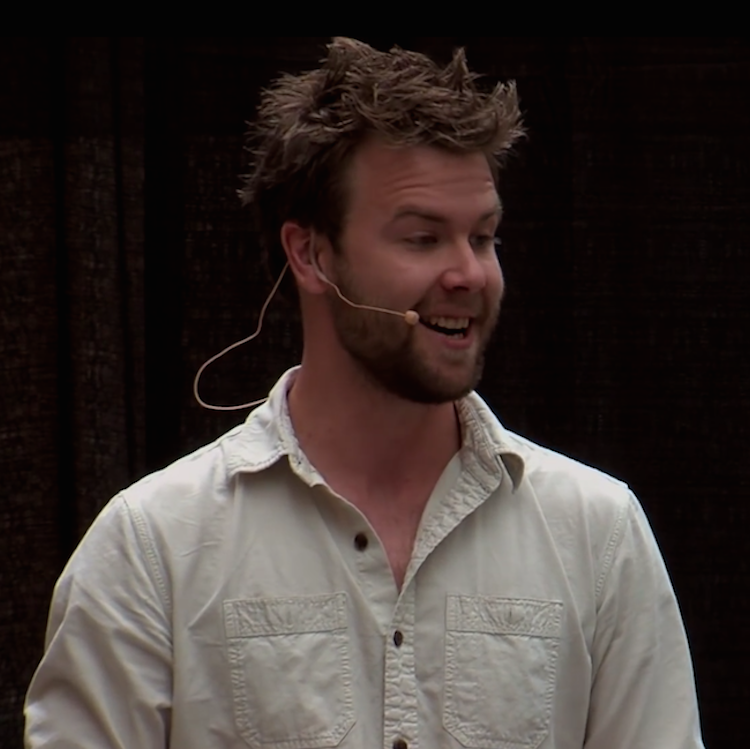NORTH LOGAN, Utah — Matt Fiske is a potter who enjoys the science behind his work as much as the work itself. He’s especially interested in driving his Jeep out into the desert of Utah looking for minerals he can take home, mill and use in his incredible glazes.
In the video we have for you today, Fiske gives a presentation about his studio to students at Utah State University. He explains to the students that he’s not doing anything new, just continuing a practice developed in China more than 1,000 years ago. Could have fooled us, though. If you visit his web site you can see some otherworldly work.
The high point of the video is when Fiske talks about engaging with his work on a microscopic scale. He shows pictures of his glazes, zoomed in hundreds of times over. We travel through an initial wave of fractals before reaching the outer limits of the microscope’s gaze— nanoparticles lurk deeper in the surface, like animals coming out of the shadows.
Fiske gets at the wonder of the natural world and its laws by using his studio practice. That’s illustrated in his biography:
I’m inspired by the natural phenomena that occur in mineralogy and geology. In my mind’s eye, glaciers give way to icy celadon glazes, volcanoes ooze magma as glazes cascade down curves and roll off edges, crystals grow when conditions are conducive.
Fiske obtained his MFA through Utah State University. He obtained his BFA in Studio Art and Ceramics at Indiana University. He spent a semester abroad in Jingdezhen, China. In 2013 he was awarded a fellowship at Utah State University to continue his ceramics and materials research.
Do you love or loathe this lecture in contemporary ceramics? Let us know in the comments.


This is just SO exciting for me. I finished a Diploma in Ceramics in 2013 and have been flowing down many tributaries of this amazing mega river of a subject since then.
Never really settling into my own niche, pursuing different methods of producing mostly functional ceramic ware, I am now finding the pull towards studying the use of rocks and dug local clays the most attractive path ahead for me.
I would love to know of ANY ways of pursuing this passion and desire I have to study and learn more.
I am 64 years old, have rather limited financial resources and feel like I am running out of time – please let me know what opportunities you might offer to someone like myself to begin learning more in a practical way from my own studio space here in Bellingen, NSW, Australia.
I was fortunate to study my Diploma at Gymea TAFE college in Southern Sydney, NSW and had some amazing teachers, such as Sandy Lockwood and Steve Harrison and visit Sandy for a weekend course each year since finishing my Diploma.
Coffs Harbour TAFE will not be able to offer an Advanced Diploma until 2025, but I am enquiring at ANU and Gymea to see if I can pursue further studies online.
In essence – when I saw Matt’s work, listened to an interview and watched this video, I just jumped at the chance of finding out what might be on offer from over the other side of the water.
It was great to see someone else exploring a similar avenue as myself but from a different angle. My particular interest is biological lustre, particularly in beetle elytra, and how this relates to lustre in glazes. I’d love to talk to this guy, and I’d LOVE to have the access he has to microscopy! Great clip, thanks for showing.